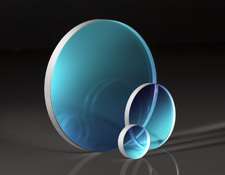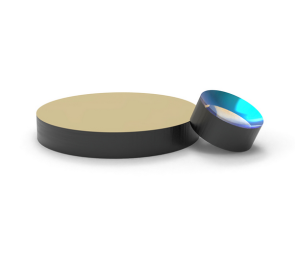Fluorescence microscope:
The filters, A fluorescence microscope is a device that uses ultraviolet light as a light source to illuminate the object being tested, emitting fluorescence, and then observing the shape and location of the object under the microscope
Fluorescence microscopy is used to study the absorption, transportation, distribution, and localization of intracellular substances. Some substances in cells, such as chlorophyll, can emit fluorescence after being exposed to ultraviolet radiation; Although some substances themselves cannot emit fluorescence, they can also emit fluorescence after being stained with fluorescent dyes or fluorescent antibodies and irradiated with ultraviolet light. Fluorescence microscopy is one of the tools for qualitative and quantitative research on these substances.
Most fluorescence imaging is accomplished through a fluorescence microscope, which includes the following basic components:
Light source: Usually xenon arc lamps or mercury lamps, but in recent years, high-power LEDs have also been used, as well as laser light sources·
Filter (incident light): Reducing the wavelength of the incident light to only the wavelength used to excite the sample is called an excitation filter
Bi-directional dichroic filters or reflector: Reflects excitation light onto the sample and transmits it to the detector only through emitted light from the sample
Filter (emitting light): It can only pass through the wavelength of the emitted light from the sample and block all light passing through the excitation filter. As you would expect, it is called an emission filter
CCD photography: If the emitted light cannot be detected, it is of no use; For fluorescence imaging, the detector is usually a CCD camera, which is also connected to a computer screen and can present images for you.
Fluorescent filters generally consist of three combinations, namely excitation filters, emission filters, and dichroic mirrors
Hanzhong Borisun Optics can provide you with several types of fluorescent filters:
1. Long wave communication set
2. Short wave pass filter set
3. Single bandpass filter set
Commonly used include DAPI, FITC, Texas red, CFP, YFP, GFP, Cy3.5, Cy5.5; FSH filters: FISH Aqua, FISH Red, FISH Orange, FSH Green.
4. Multi bandpass filter set: DAP | – FTC, DAPI – Texas Red, FITC Texas Red
5. Three bandpass filters: DAPI – FITC-tex, DAPI – FITC-TRITC
6. Single filter (excitation filter, emission filter, dichroic mirror)




